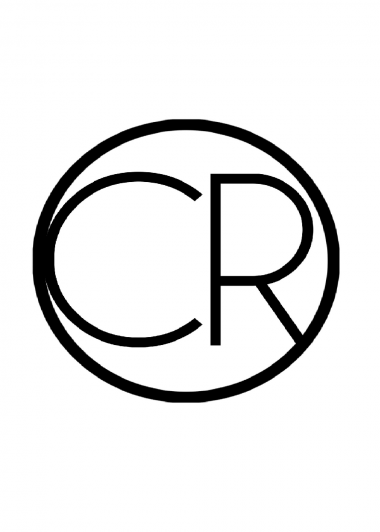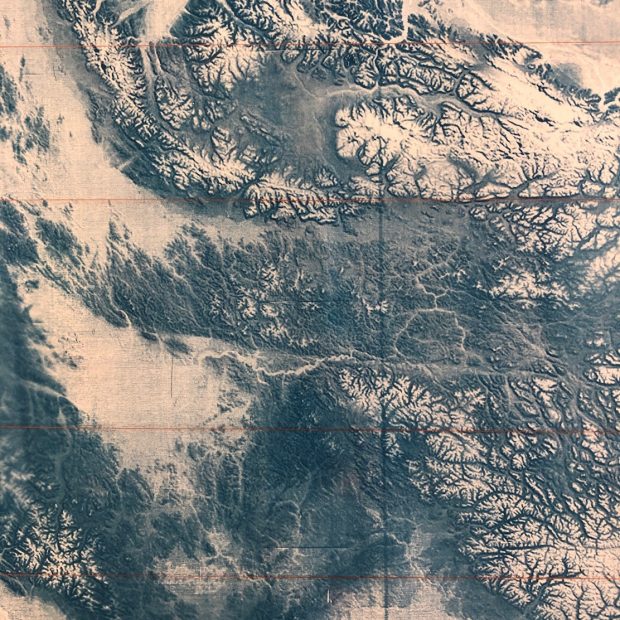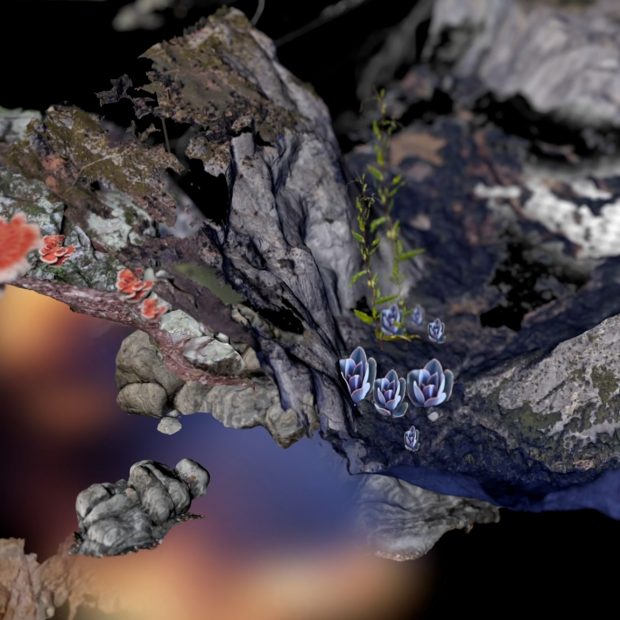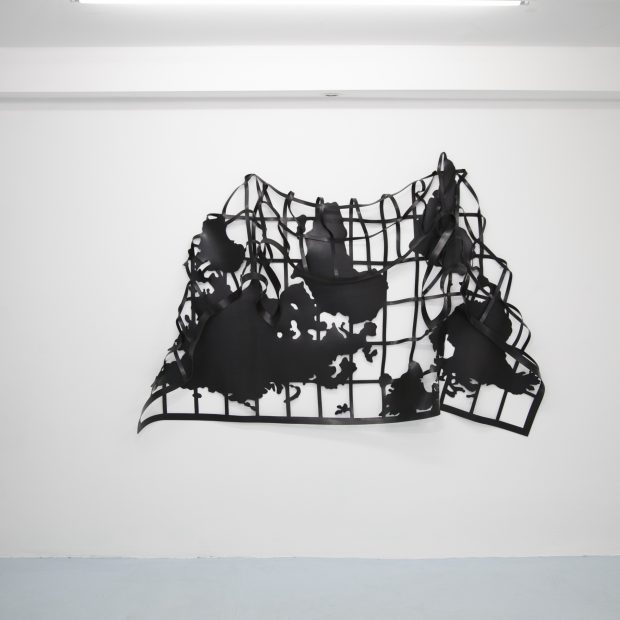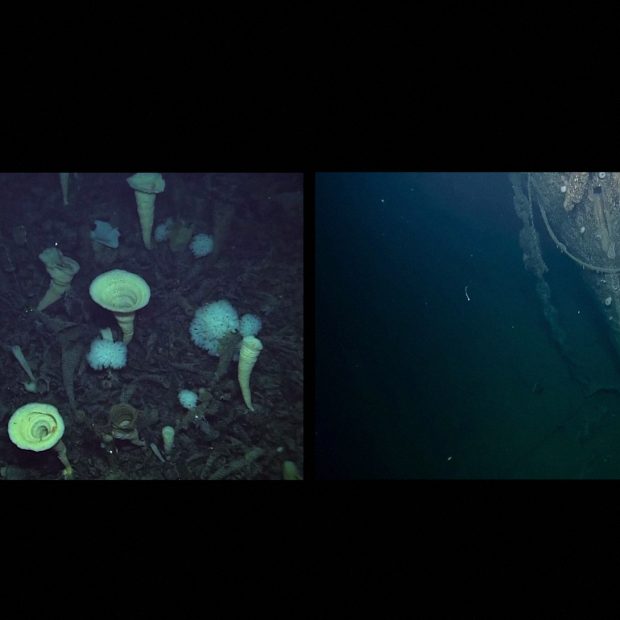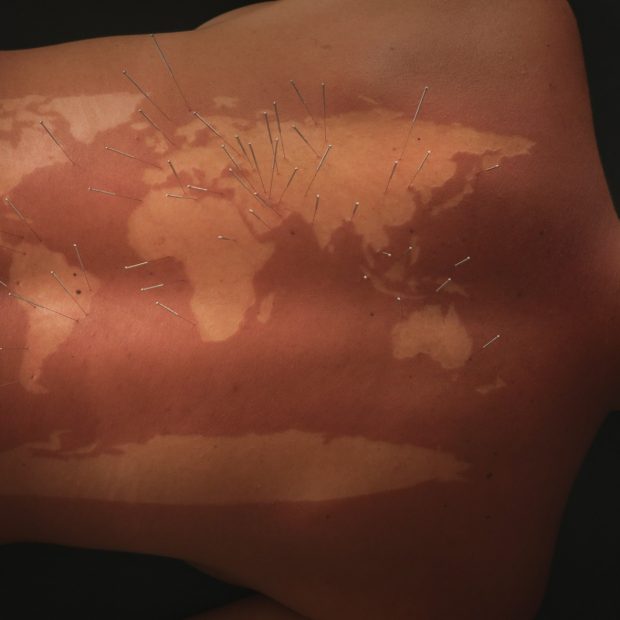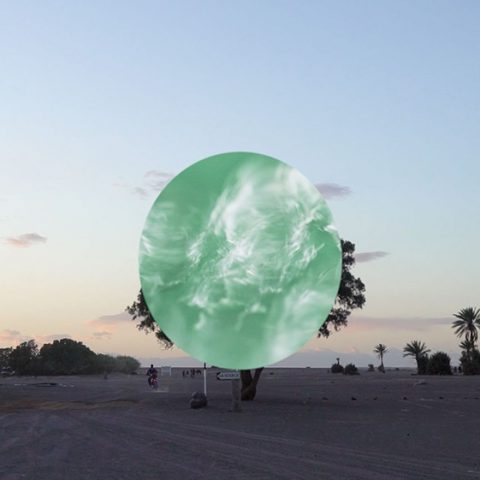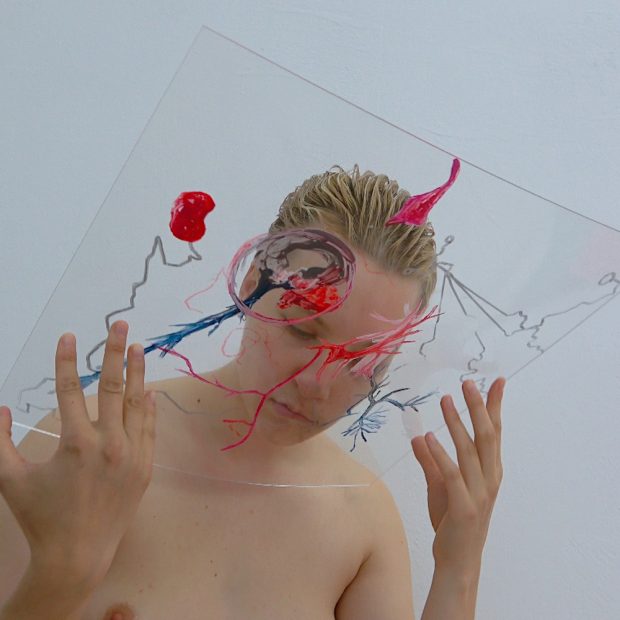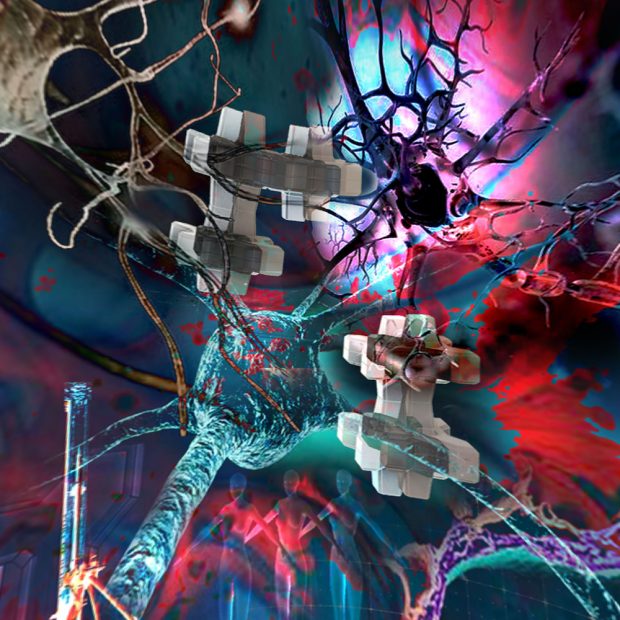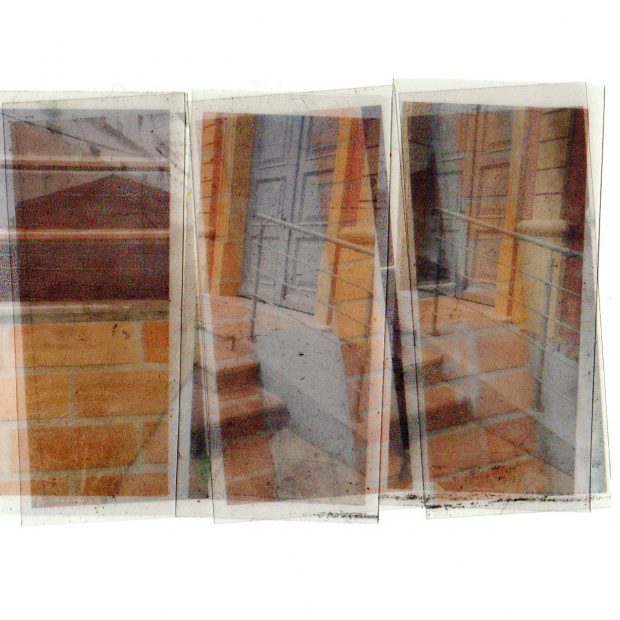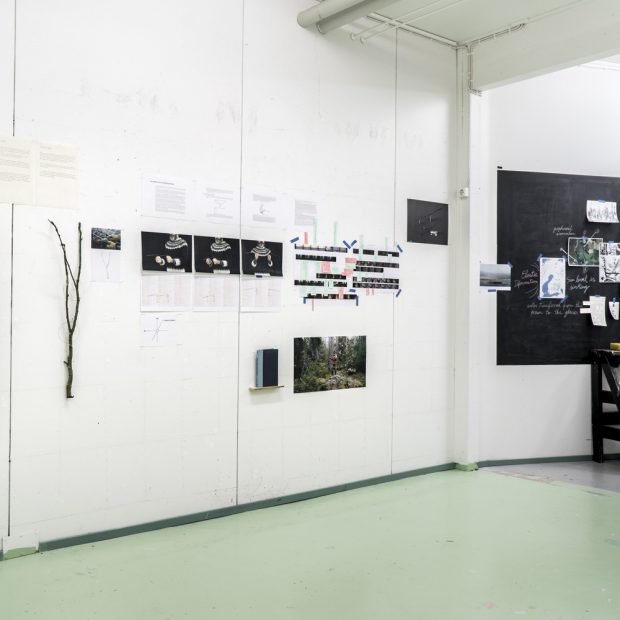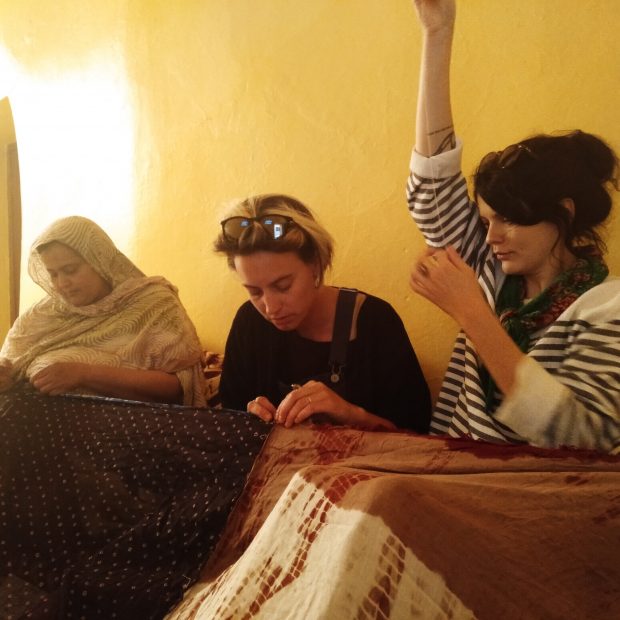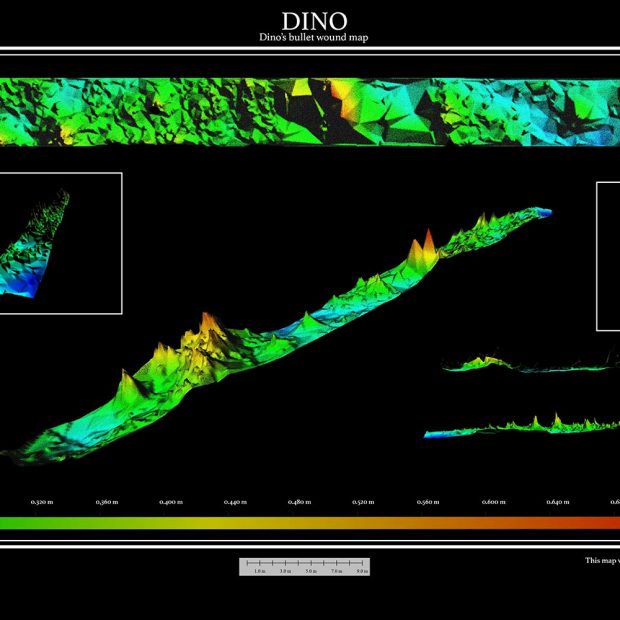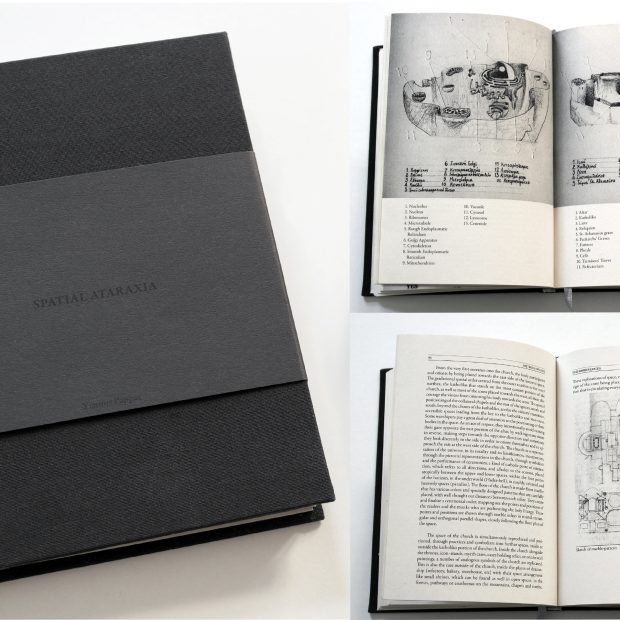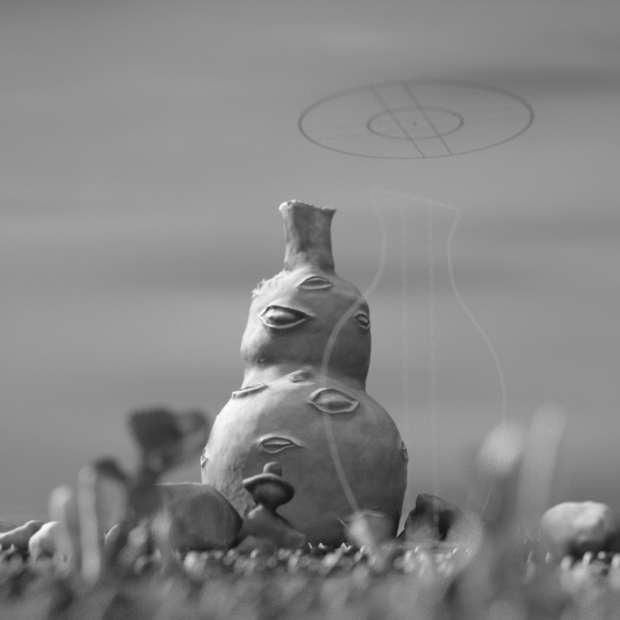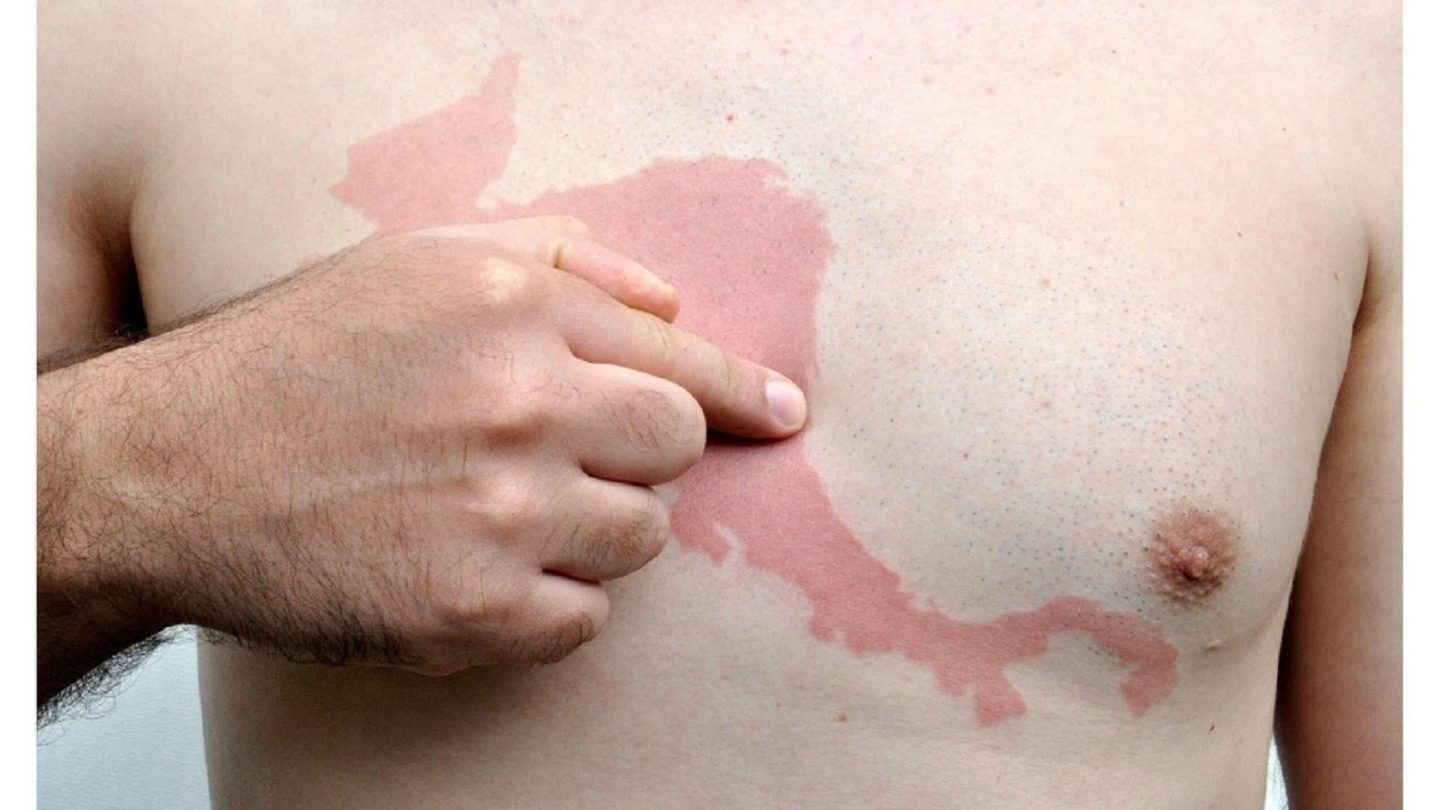
- Exhibition
Mapping the Cartographic
- Mixed Media
- Photography
Dates
Open Call:
Closed
Contemporary Approaches to Planetarization
The consolidation of mapping since the 16th century resulting from the era of European imperialism and the use of one-point perspectives turned space into an element to be measured and rendered mathematically. This paradigm has become so ubiquitous that we think of it as natural and universal. Since the publication of the Earth’s famous satellite image, contemporary art has engaged in a view of the planet, especially as the natural environment has become a manifestation of a planetary network typical for globalisation discourses and sensibilities.
After William John Thomas Mitchel’s critical observations on images, we are more so than ever, aware of the way in which the Earth is being treated as an image, for as the author explains, the world itself has become one. So much so that to enter a space today is like entering a virtual picture, where the subject is only but a character in a preconceived image or stage. To this, Jussi Parikks suggested that “Our relations with the earth are mediated through technologies and techniques of visualisation, signification, calculation, mapping, prediction, simulation, and so forth: it is through and in media that we grasp earth as an object for cognitive, practical, and affective relations.” This inquiry on the cartographic, therefore, seeks to counter the sense of “real” space that is shaped and defined by algorithmic representations through google maps, satellite imaging, and other digital manifestations, as these add to the large repertoire of representations of the natural. More specifically, we are calling for artistic projects that subvert conventional cartographic representations by proposing other relationships to the natural space.
Invitation:
We invite artists to propose and submit works of art, and anyone interested to actively participate in the discussion in group chat with Collective Rewilding and the community.
The open call looks for artistic projects that subvert conventional cartographic representations by proposing other relationships to space. Project/people interested in critically dealing with the following questions:
How are digital artistic practices also contributing to a technologically mediated relationship with the natural?
How can artistic projects underscore the technification of the natural and its rendition as real?
Who is doing the mapping, why, and for what purpose?
What kind of new or critical knowledge is produced through contemporary map-making practices?
What kind of ideologies or political orientations are contemporary cartographic representations underscoring? What are the political/ethical/social implications of these representations?
What is the relationship between these ubiquitous conventions of planetary territorialities with the contemporary subject?
Timeline for the Open Call: 15.10.-31.12.2020
Outcome: The exhibition “On Cartography” will be held in Winter 2022 in a location to be revealed.
Participate
Contemporary Approaches to Planetarization
The consolidation of mapping since the 16th century resulting from the era of European imperialism and the use of one-point perspectives turned space into an element to be measured and rendered mathematically. This paradigm has become so ubiquitous that we think of it as natural and universal. Since the publication of the Earth’s famous satellite image, contemporary art has engaged in a view of the planet, especially as the natural environment has become a manifestation of a planetary network typical for globalisation discourses and sensibilities.
After William John Thomas Mitchel’s critical observations on images, we are more so than ever, aware of the way in which the Earth is being treated as an image, for as the author explains, the world itself has become one. So much so that to enter a space today is like entering a virtual picture, where the subject is only but a character in a preconceived image or stage. To this, Jussi Parikks suggested that “Our relations with the earth are mediated through technologies and techniques of visualisation, signification, calculation, mapping, prediction, simulation, and so forth: it is through and in media that we grasp earth as an object for cognitive, practical, and affective relations.” This inquiry on the cartographic, therefore, seeks to counter the sense of “real” space that is shaped and defined by algorithmic representations through google maps, satellite imaging, and other digital manifestations, as these add to the large repertoire of representations of the natural. More specifically, we are calling for artistic projects that subvert conventional cartographic representations by proposing other relationships to the natural space.
Invitation:
We invite artists to propose and submit works of art, and anyone interested to actively participate in the discussion in group chat with Collective Rewilding and the community.
The open call looks for artistic projects that subvert conventional cartographic representations by proposing other relationships to space. Project/people interested in critically dealing with the following questions:
How are digital artistic practices also contributing to a technologically mediated relationship with the natural?
How can artistic projects underscore the technification of the natural and its rendition as real?
Who is doing the mapping, why, and for what purpose?
What kind of new or critical knowledge is produced through contemporary map-making practices?
What kind of ideologies or political orientations are contemporary cartographic representations underscoring? What are the political/ethical/social implications of these representations?
What is the relationship between these ubiquitous conventions of planetary territorialities with the contemporary subject?
Timeline for the Open Call: 15.10.-31.12.2020
Outcome: The exhibition “On Cartography” will be held in Winter 2022 in a location to be revealed.
Curatorial statement
Thank you for your generosity in sharing your work with us, we really appreciate your participation in the upcoming exhibition "Mapping the Cartographic" at Drugo More.
After careful consideration of the submitted works, we are happy to announce the selected artists: Iman Datoo, Aksiniya Peycheva, Pedro Hurpia, Marina Camargo, Monika Dvorniak, Hara Shin, Paula König, Yannis Pappas, Hanne van Dyck, Mari Fraga, Matheus da Rocha Montenari, TEU, Deborah Mora, and Sotiris Tsiganos/Ionian Bisai.
As we received a very large number of submissions and wanted to take the time to thoroughly engage with all of them, the selection process and final decision was delayed. Thank you for your patience!
We were deeply impressed by the high level of many submissions, making our decision particularly hard. We really appreciate your interest in our work and hope to continue our conversation throughout the project or on a different occasion.
